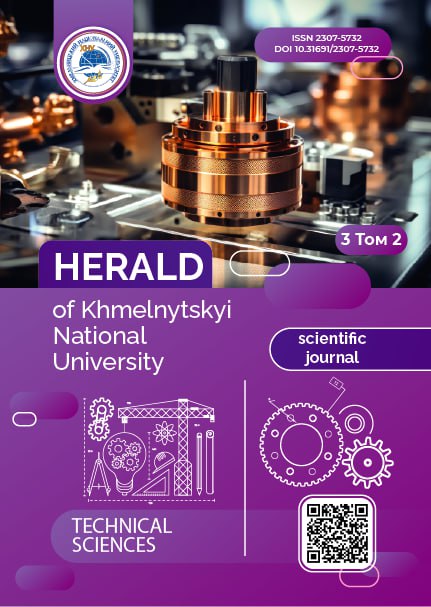MACHINE LEARNING-BASED DATA RECOVERY SYSTEM FOR WIRELESS SENSOR NETWORKS
DOI:
https://doi.org/10.31891/2307-5732-2025-353-36Keywords:
wireless sensor networks, data recovery, machine learning, Singular Spectrum Analysis, forecasting, CRC, routing optimizationAbstract
Data loss in wireless sensor networks (WSNs) is a serious issue that directly affects measurement accuracy, analytical correctness, and overall reliability of data transmission. In a constantly changing environment, the presence of interference, network congestion, or failure of individual nodes significantly degrades the quality of communication, leading to the loss of transmitted data packets.
Existing methods for mitigating data loss, such as cyclic redundancy check (CRC), interpolation algorithms, or packet retransmission schemes, have certain limitations. While they may be effective for minor losses, their accuracy and efficiency significantly decrease in environments with high interference or network instability.
This paper proposes a new data recovery system that combines classical integrity control methods with machine learning capabilities for more accurate reconstruction of missing values. The core of the approach is a mathematical model of a random cyclic process, which enables the analysis and forecasting of network behavior based on time series of previous observations. The use of Singular Spectrum Analysis (SSA) helps identify key trends, cyclic patterns, and random fluctuations in time series, allowing for more precise prediction of missing values. This methodology not only facilitates data recovery but also enables proactive loss prediction, minimizing the impact of transmission failures.
Experimental studies have demonstrated a significant reduction in data loss, improved overall network performance, and increased energy efficiency of nodes. The analysis of obtained results indicates that the proposed system reduces the average data transmission delay, which is a crucial factor for mission-critical applications such as remote monitoring and security systems. Comparisons with traditional methods confirm the advantages of this approach, particularly in high-noise conditions, network congestion, and limited node energy resources.
Future research aims to extend the model by incorporating different levels of noise and external factors affecting data transmission quality. Additionally, hybrid approaches that integrate machine learning with optimization algorithms will be explored to enhance data recovery efficiency.
Downloads
Published
Issue
Section
License
Copyright (c) 2025 ГРИГОРІЙ ШИМЧУК, НАЗАР ШЕВЧЕНКО, КОНСТАНТИН ШВИРЛО, НАЗАР ГАРМАТЮК (Автор)

This work is licensed under a Creative Commons Attribution 4.0 International License.

